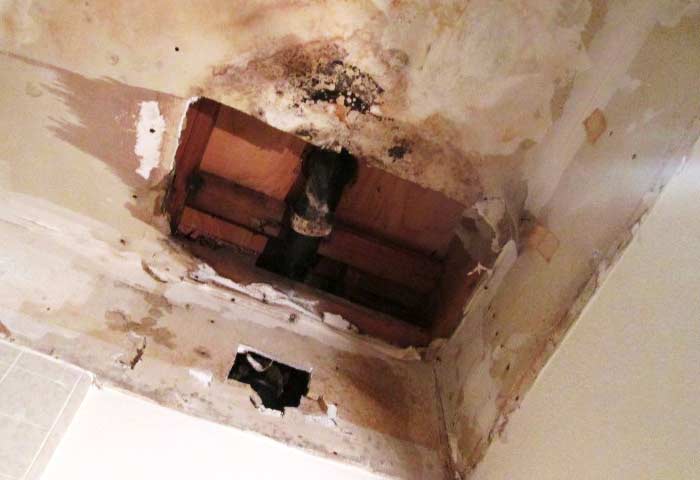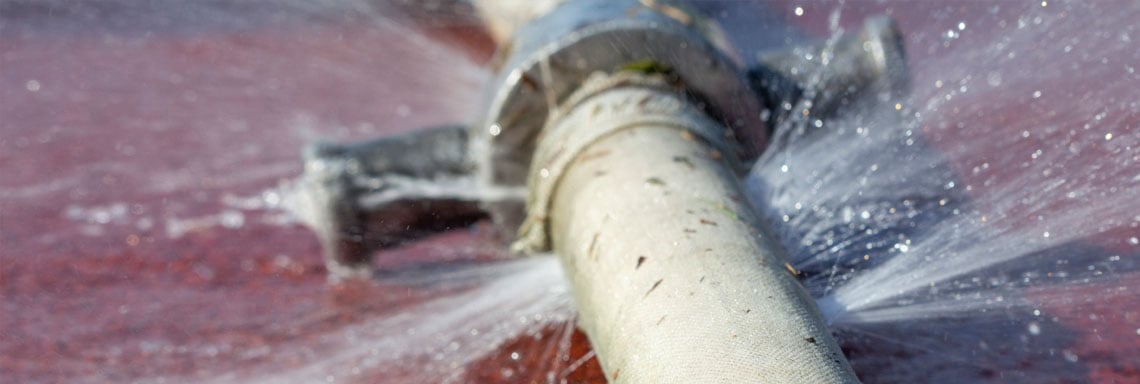Listed here in the next paragraph you can discover more amazing resources concerning How to Prepare for Your Dishwasher Installation.

A ruptured pipeline is a significant emergency; you can just stand as you see water you pay a lot to rejoin with the earth. In worse cases, you notice a pool on your kitchen flooring, which is a great trip hazard, especially if you have children around. If the pipe that burst was in your walls, bad news: you might require to paint that whole area.
Just how can a tragedy like a ruptured pipeline be stopped and managed? Well, by listening to your professional emergency plumbers and adhering to these regulations.
Just how do I recognize when my pipelines have ruptured?
Changing water pressures
Pipes do not just burst in a day. You may have seen that your cooking area faucet or shower does not run right away when you turn the faucet. It may stop for a couple of secs and after that blast you with more force than common.
In various other circumstances, the water may appear regular in the beginning, then drop in pressure after a couple of secs.
Wet walls and also water discolorations
Prior to a pipe bursts, it will certainly leakage, many times. If this persistent dripping goes undetected, the leak may finish right into a broad gouge in your pipe. One very easy method to avoid this emergency is to keep an eye out for damp walls ad water discolorations. These water spots will lead you right to the leak.
Puddles under pipelines as well as sinks
When a pipe ruptureds, the outflow forms a pool. It may appear that the pool is growing in dimension, as well as no matter how many times you wipe the pool, in a few minutes, there's an additional one waiting to be cleaned up. Often, you might not be able to map the puddle to any noticeable pipes. This is an indicator to call an expert plumber.
Untraceable dripping sounds
Pipe ruptureds can happen in one of the most unpleasant places, like within concrete, inside wall surfaces, or under sinks. When the house goes quiet, you may have the ability to hear an aggravatingly consistent dripping sound. Even after you have actually checked your shower head as well as kitchen faucet, the dripping might continue.
Precious reader, the leaking may be originating from a pipeline inside your walls. There isn't much you can do concerning that, except inform an expert plumber.
Shut down the Water
When water freezes, it increases in volume by regarding 9 percent. And it broadens with significant force: The stress inside pipes might go from 40 extra pounds per square inch to 40,000 psi! No pipe can hold that much stress, so it breaks open. The break may take place where the ice types, yet more often, it happens where water stress finds a weak point in the pipe. That may be inches or perhaps feet from the frozen area. Locate the water shutoff valve and shut off the water to stop more damage. You could also need to shut down the electricity too, relying on where the leaks happens and also how big it is.
Polluted water
Many individuals assume a burst pipeline is a one-way electrical outlet. Quite the contrary. As water drains of the hole or tear in your plumbing system, contaminants find their method.
Your water might be infected from the source, so if you can, inspect if your water storage tank has any kind of problems. However, if your drinking water is provided and also detoxified by the city government, you ought to call your plumber promptly if you see or scent anything amusing in your water.
What do I do when I spot a ruptured pipeline?
Your water meter will continue to run even while your water wastes. To lessen your losses, locate the major controls and also turn the supply off. The water mains are an above-ground structure at the edge of your building.
How to Fix & Detect a Leaking Pipe
How Do I Know if a Pipe is Leaking?
Leak detection tests can help you determine if your pipe has a leak. Even if you don’t see an apparent leak, you should still conduct leak detection tests regularly to save water and money—and prevent major damage to your home.
Water meter. It can be helpful to figure out what your usual water meter usage numbers are and then monitor them regularly. To monitor your meter, first, turn off all water faucets in your home. Check the meter and write down the numbers. In a few hours, check the meter again. If the numbers have changed, you have a leak. Water gauge. Use a water gauge to test your water pressure. Your showerhead should produce a certain amount of water pressure based on its model and design. If the pressure is lower than it is supposed to be for that specific showerhead, your home likely has a leak. Puddles. Look inside your bathroom, laundry, and kitchen sink cabinets. Puddles around the cabinets or around toilets, tubs, showers, and washing machines indicate the presence of a leaking pipe. You may also notice loose tiles, peeling or flaking paint, or mold caused by water accumulation. Napkin test. Even if you don’t see any puddles, you may still have a leak. You can test for water leaks in the bathroom, laundry, and kitchen by wiping below-sink connections with a napkin, paper towel, or piece of toilet paper. If it becomes damp, you probably have a leaking pipe under the sink. Discolored walls. Walls that are discolored—usually with brown or yellow stains—or bulging might mean that they have been impacted by water damage caused by a leaking pipe. Smell. A leaky pipe will create sitting water, and over time, that water may develop a musty smell. If your home smells musty, but you can’t locate the source, it may be due to a leak. Steps for Fixing a Leaking Pipe
A leaky drain can be remedied by tightening the pipe base, replacing the drain seal, caulking the rim, and tightening the pipe nut. Similarly, a leaking toilet pipe can be treated by tightening the packing nut. You may also need to replace the valve. A leaky faucet may just need tightening or replacement of the washers. If that doesn’t work, consider replacing your faucet. If your pipe has a hole in it, you may want to use a pipe leak sealer or pipe leak tape. This quick fix for water pipe leaks can also temporarily fix a copper pipe leak. https://www.ahs.com/home-matters/quick-tips/how-to-tell-if-pipes-are-leaking/

As a person who reads about What to Know Before Installing a Dishwasher, I thought sharing that section was beneficial. Please take a moment to distribute this post if you enjoyed reading it. Thanks for your time. Kindly pay a visit to our blog back soon.
Automated Marketing